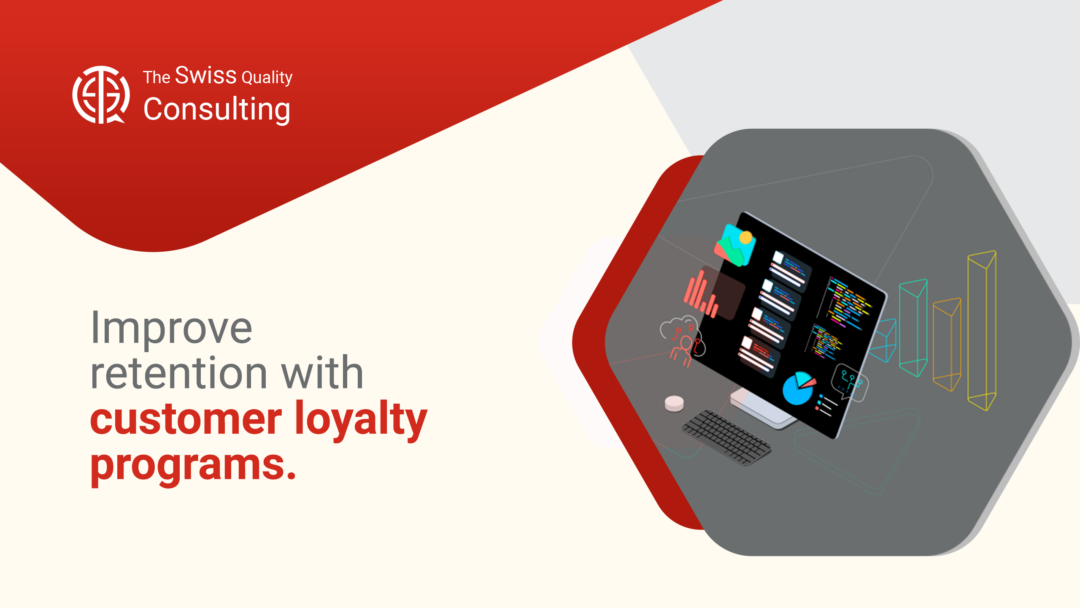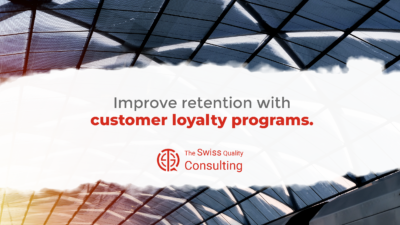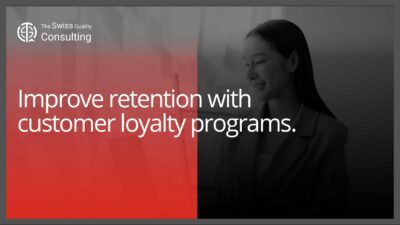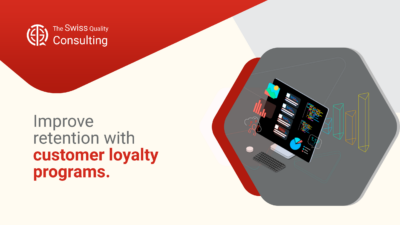Elevating Customer Loyalty with Reward Programs
In today’s highly competitive business environment, retaining loyal customers is essential for long-term success. Businesses are increasingly turning to customer loyalty programs to foster strong and lasting relationships with their client base. These programs offer a structured approach to engaging and rewarding customers, thereby enhancing customer retention.
Customer loyalty programs can take various forms, including points-based systems, tiered memberships, or exclusive offers. They are designed to provide customers with added value, thereby increasing their loyalty and encouraging repeat business. Let’s delve into how businesses can effectively improve customer retention through the implementation of these programs.
1. Recognizing and Rewarding Loyalty:
At the core of customer loyalty programs is the recognition and reward of loyal customers. These programs provide tangible incentives for continued patronage, such as points, discounts, cashback, or exclusive access. By offering these rewards, businesses convey their appreciation for their customers, creating a sense of belonging.
For example, a coffee shop’s loyalty program might offer customers a free beverage after purchasing a set number of drinks. This not only rewards loyal customers but also encourages them to choose the same coffee shop for future visits, enhancing customer retention.
2. Personalized Recommendations and Offers:
Customer loyalty programs leverage data analytics to provide personalized recommendations and exclusive offers. By analyzing customer behavior and preferences, businesses can tailor their communications to offer relevant product suggestions and promotions.
Consider an online bookstore that utilizes customer data to recommend books based on past purchases. By offering discounts or exclusive deals on these recommended titles, the bookstore not only enhances the customer’s shopping experience but also increases the likelihood of repeat purchases and customer loyalty.
3. Tiered Loyalty Memberships:
Many loyalty programs feature tiered memberships, allowing customers to progress from one tier to another by accumulating loyalty points or making frequent purchases. Each tier offers additional benefits, creating an incentive for customers to reach higher levels of loyalty.
For example, a fashion retailer may offer three loyalty tiers: Bronze, Silver, and Gold. As customers move up the tiers, they unlock progressively better benefits, such as early access to sales, exclusive discounts, and free shipping. This tiered approach not only fosters customer loyalty but also motivates customers to continue engaging with the brand.
4. Exclusive Access and Experiences:
Customer loyalty programs often include exclusive access to events, products, or experiences that are not available to the general public. This exclusivity can be especially appealing to customers who value unique and personalized experiences.
For instance, an airline’s loyalty program may offer elite members access to airport lounges, priority boarding, and complimentary upgrades. These exclusive experiences not only foster a sense of belonging among loyal customers but also make their travel more enjoyable, enhancing customer retention.
5. Social Engagement and Referrals:
Loyalty programs can encourage customers to engage with their social circles and refer friends and family. By offering rewards for successful referrals, businesses can expand their customer base while rewarding their existing loyal customers.
A beauty and skincare brand might provide loyal customers with a referral code that offers discounts to their friends. When the referred friends make a purchase, both the referrer and the new customer receive discounts. This approach fosters customer engagement, encourages referrals, and boosts customer retention.
6. Easy Account Management:
Customer loyalty programs often feature user-friendly account management tools that allow customers to track their progress, view rewards, and manage their account preferences easily.
In the context of a telecommunications company, customers might use an online portal to monitor their loyalty points, redeem rewards, and choose specific add-on services. This convenience enhances the customer experience, making it more likely for customers to stick with the brand and thus improving customer retention.
7. Feedback and Continuous Improvement:
Loyalty programs can serve as a platform for gathering customer feedback. By seeking input and involving customers in shaping the program’s rewards and features, businesses can show that they value customer opinions and continuously strive to improve.
For instance, an online gaming platform may conduct surveys among its loyalty program members to understand their preferences for upcoming rewards or game enhancements. By involving customers in the decision-making process, the platform not only strengthens customer loyalty but also ensures that the loyalty program remains relevant and engaging.
Customer loyalty programs are instrumental in enhancing customer retention. They recognize and reward loyalty, provide personalized recommendations, offer tiered memberships to motivate customers to reach higher levels of loyalty, and provide exclusive access and experiences. Social engagement and referrals, easy account management, and feedback mechanisms further contribute to customer loyalty and retention. By implementing these programs effectively, businesses can build strong, lasting relationships with their customers, fostering long-term success.























